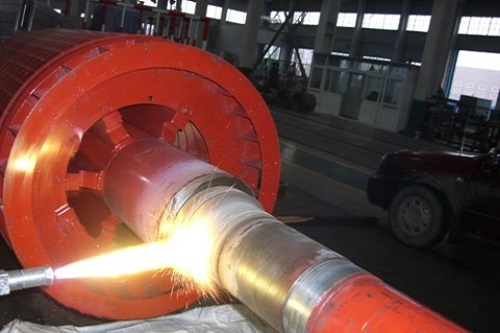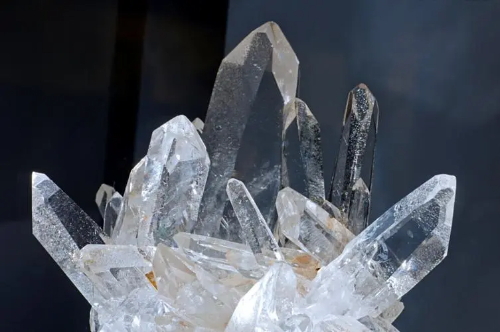Application of Titanium in the Automotive Industry
Titanium is a silvery-white transition metal, which is characterized by lightweight, high strength, metallic luster, and resistance to wet chlorine corrosion. In this article, let's take a closer look at the application of titanium in the automotive industry. Now with the advent of advanced technology automotive industries are using titanium, predominantly in motorcycle racing.

Application of Titanium in the Automotive Industry
The main focus here is the aspects like weight reduction, improved and rapid performance. No doubt, the vehicles made with titanium applications are verified to be environmentally friendly and fuel-efficient, while the main drawback of the metal is that it is too costly to put together as marketable in the general consumer market.
The recent automotive designers need to engineer the motor vehicles and the parts with less weight using titanium tubes and titanium welded tubes while enabling private cars in particular to give the perfect look and style.
Making cars smaller and trendy is the fashion nowadays. Thus the strategy obviously finds an issue with the management of free space inside the vehicles. The designers here have to adjust the space for the passengers and their effects. Everybody needs lighter cars with no compromise with class and space. Apart from that, the designer has to comply with the reduction of fuel consumption, as well as the environment green image of the production process. Only the material titanium can fulfill all the criteria and conditions. Though it is a little bit expensive, titanium alloys are the best and widely used in the racing car industry.
The quality of metal used and the manufacturing time of soaring performance products in the segment of motor vehicles and automobiles are the key factors. High-strength titanium material is required to manufacture the engine parts of the racing cars as it needs to deliver high output, fast rotation, and high response. The automotive industry made great progress using the metal titanium. The advanced titanium mechanism improves the corrosion resistance of the vehicles, manages the space, and reduces the weight, which results in more fuel savings.
The beneficial properties such as lightweight, corrosive resistance, and high strength of the silvery metal would make it an appealing alternative for various automotive applications. Just the cost of the expensive material stands as a great barrier in the way of its wide usability. That is the reason why it is not found in abundance as in the industries like aerospace.
But now with the advent of some new techniques, the manufacturers are engaged in discovering innovative ways to produce low-cost titanium which can be easily affordable in the different areas of application. So as the costs prolong to decline, the prospective for consumer-based applications will go on with making the use of titanium a more significant alternative.
Conclusion
Thank you for reading our article and we hope it can help you to have a better understanding of the application of titanium in the automotive industry. If you want to learn more about titanium and titanium alloys, we would like to advise you to visit Stanford Advanced Materials (SAM) for more information.
Stanford Advanced Materials (SAM) is a worldwide supplier of titanium products and has over two decades of experience in the manufacture and sale of titanium and titanium alloys. We offer high-quality titanium products to meet our customers' R&D and production needs. As such, we are confident that SAM will be your favorite titanium product supplier and business partner.




